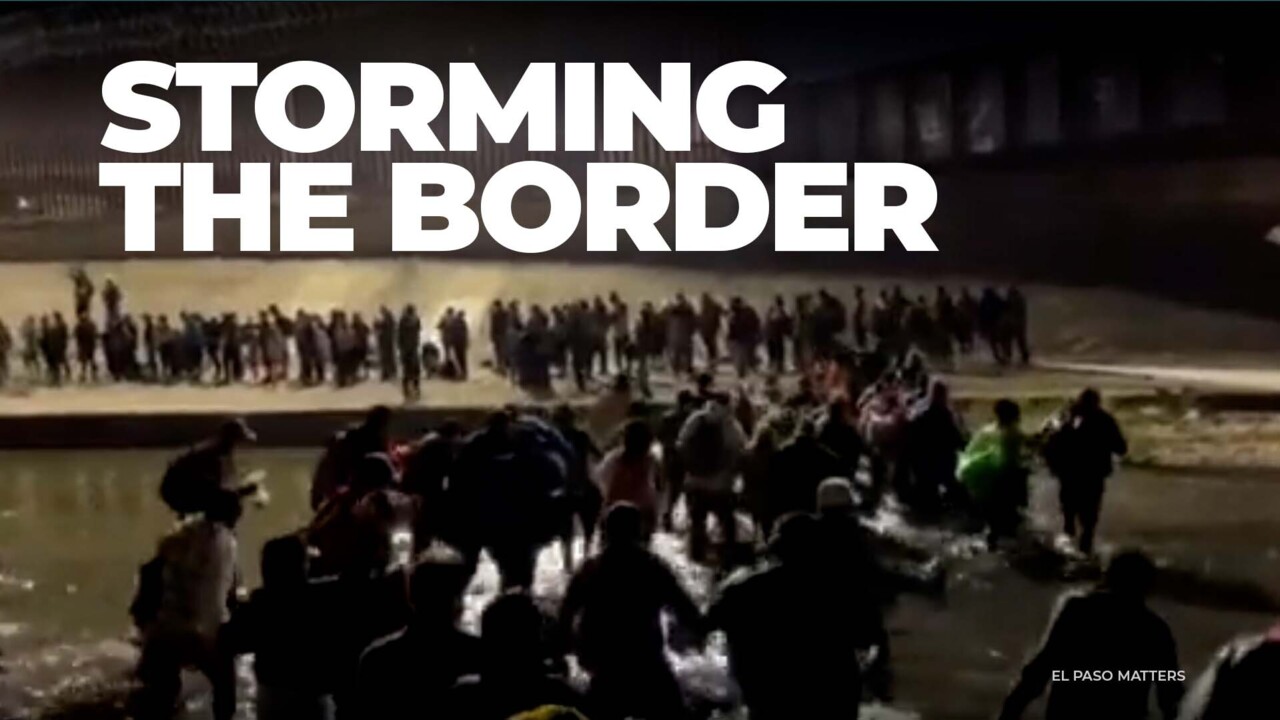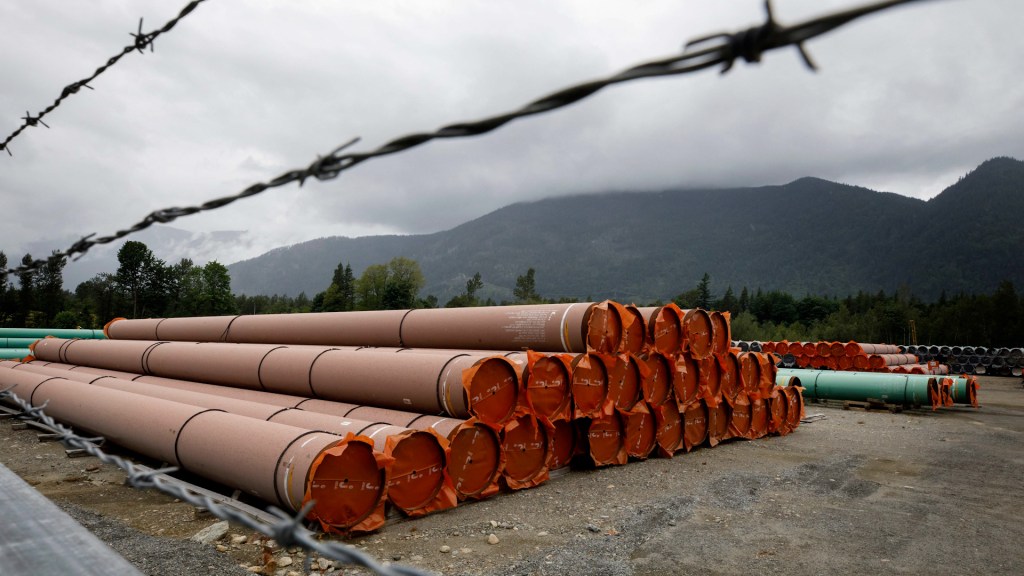
The Border Patrol had over 16,000 migrant encounters over the weekend according to Chief Raul Ortiz. Sunday night alone, more than a thousand immigrants walked across the shallow Rio Grande river from Mexico into El Paso, Texas. This video from photojournalist Corrie Boudreaux, shows how they lined up in darkness to turn themselves in at a border patrol mobile processing center. Massive crossings over recent days have pushed holding facilities in El Paso to their limit. As a result, the Border Patrol released nearly 800 migrants onto the city’s streets Saturday and Sunday. Before this massive line formed, the Mexican federal police escorted buses of migrants to non-governmental organizations in Juarez who then made their way to the border to cross.
The Department of Homeland Security wants these migrants processed quickly before Secretary Alejandro Mayorkas’ scheduled visit to El Paso tomorrow. He is expected to review operations, and meet with the CBP workforce, local officials and organizations. To get as many processed as possible before his arrival, CBP is asking migrants to either return voluntarily, or be released with a notice to appear for a court hearing at a later date.
Straight Arrow News visited this exact site in October and toured the mobile processing center where these immigrants are turning themselves in. They will each be provided food, any necessary medical treatment, have their documents authenticated and receive both fingerprint and retinal scans. Then, they will either be deported, or begin their immigration or asylum process. El Paso has previously bussed migrants to other cities when there was enough demand.






